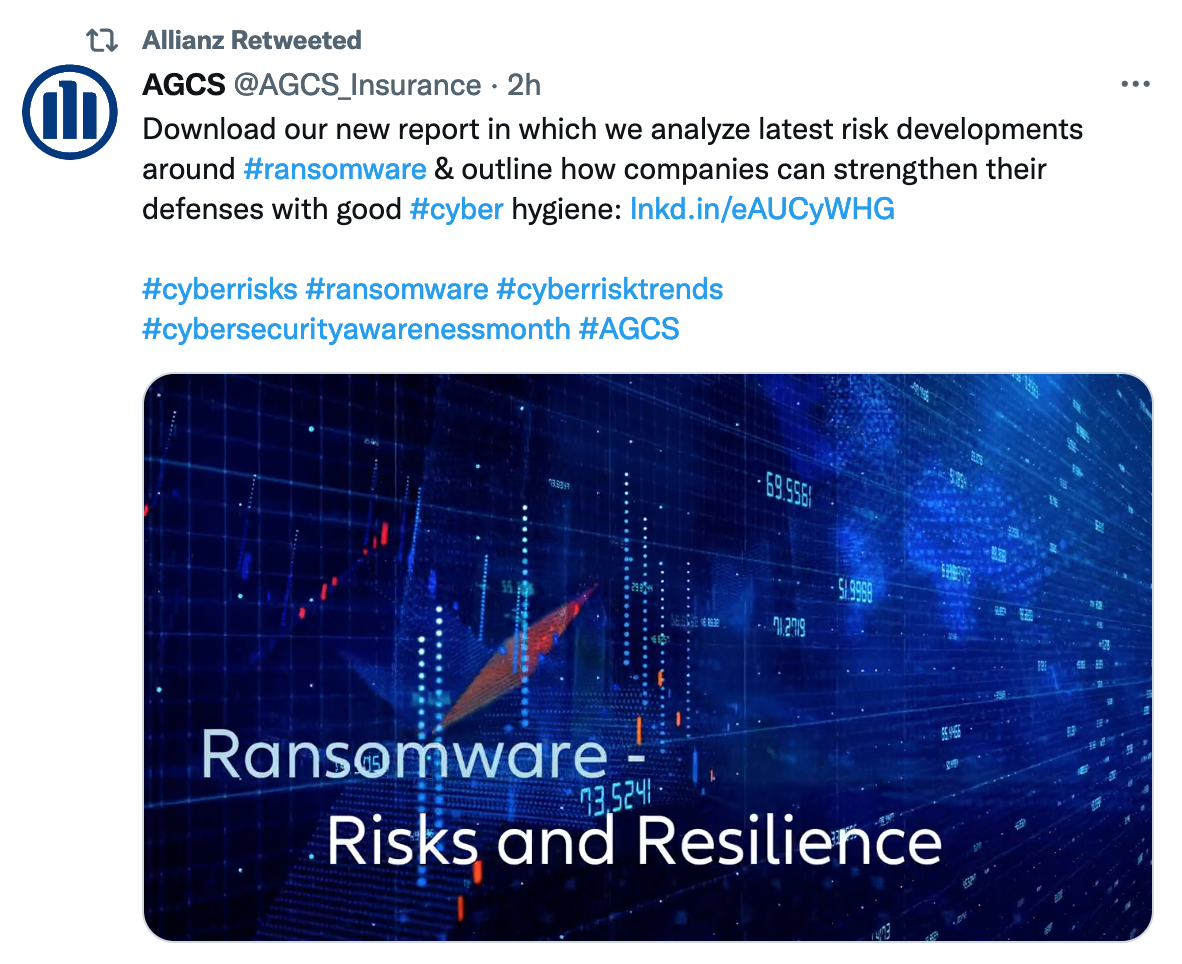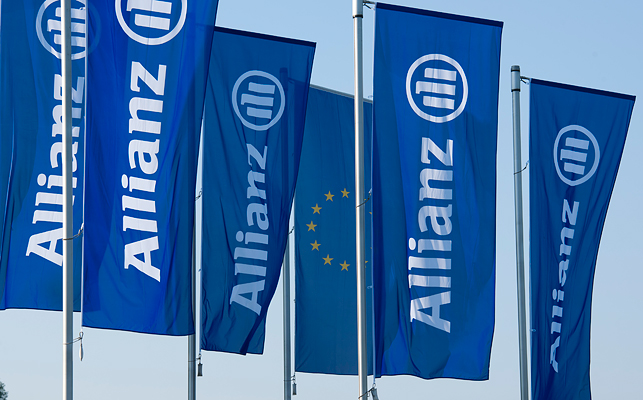During the Covid-19 crisis another outbreak has happened in cyber space: a digital pandemic driven by ransomware. Malware attacks that encrypt company data and systems and demand a ransom payment for release are surging globally. The increasing frequency and severity of ransomware incidents is driven by several factors: the growing number of different attack patterns such as ‘double’ and ‘triple’ extortion campaigns; a criminal business model around ‘ransomware as a service’ and cryptocurrencies; the recent skyrocketing of ransom demands; and the rise of supply chain attacks. In a new report, cyber insurer Allianz Global Corporate & Specialty (AGCS) analyzes the latest risk developments around ransomware and outlines how companies can strengthen their defenses with good cyber hygiene and IT security practices.
“The number of ransomware attacks may even increase before the situation gets better,” says Scott Sayce, Global Head of Cyber at AGCS. “Not all attacks are targeted. Criminals also adopt a scattergun approach to exploit those businesses that aren’t addressing or understanding the vulnerabilities they may have. As insurers we must continue to work with our clients to help businesses understand the need to strengthen their controls. At the same time, in today’s rapidly evolving cyber insurance market, providing emergency response services, as well as financial compensation, is now the standard.”




